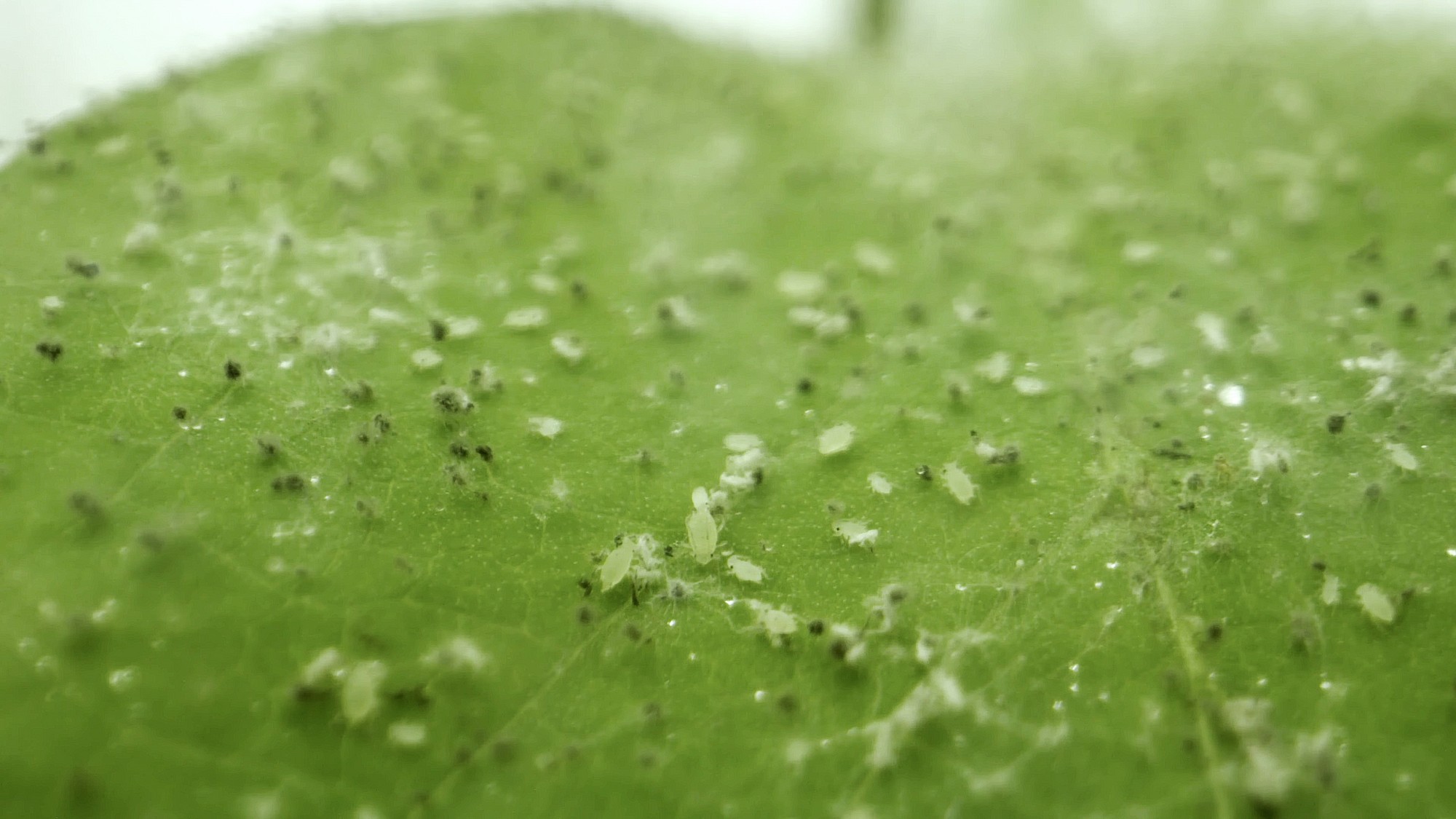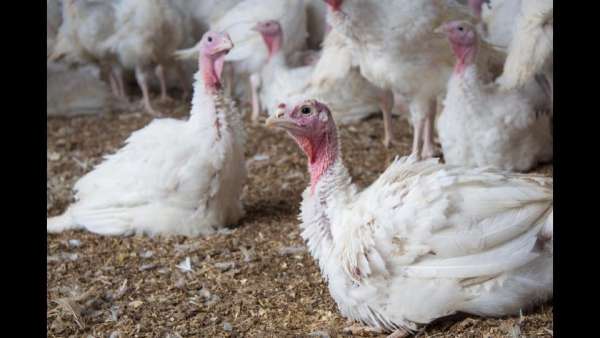Reproduction and genetics using soybean aphids
Lessons
# Reproduction in soybean aphids
Students observe the reproduction of soybean aphids by collecting data from live specimens (or alternate data images) of soybean aphids on two different leaf samples, practicing science skills. Students make a claim about the type of reproduction aphids use based on their evidence. Additional resources support their learning about sexual versus asexual reproduction and how reproduction affects their survival as a species.
Students review by completing an e-learning course.
Files
# Genetics of host plant resistance
Students use a simulation to modify a crop of soybean plants and see the results of their adjustments to different variables and then illustrate the traits exhibited by the plants using Punnett Squares. They learn about alleles and the difference between dominant and recessive alleles in both genotype and phenotypes.
Special thanks to Jon Darkow for the simulation.
Files
Teacher background
Soybean aphids present a threat particularly to the early growth stages of soybeans. Damage by aphids can cause a loss of 3.5 to 7.7 bushels per acre. Depending on the yield per acre and the current price of soybeans, that can be $35 - $100 per acre. In Ohio there are about 5 million acres of soybeans planted each year. The presence of aphids in large numbers can truly impact a farmer’s bottom line!
The reproduction methods of soybean aphids play a large role in how quickly a small infestation can become a large, economically damaging one. It is important to manage populations of aphids quickly to prevent widespread soybean losses.
Farmers are encouraged to scout their fields early by looking for signs of aphids. Signs of an aphid infestation include lady beetles present on plants as well as ants. Lady beetles will prey on aphids while ants and aphids have a symbiotic relationship. Ants guard aphid colonies in exchange for eating the honeydew excretions from the aphids as they feed. There are guidelines for farmers to help them determine when to take action. One of the preventative measures they can use is to grow resistant soybeans. Soybeans with resistance have a series of genes referred to as Rag genes.
During this study, students will observe the reproductive methods used by aphids, and the effectiveness of host plant resistance genes.







Share this